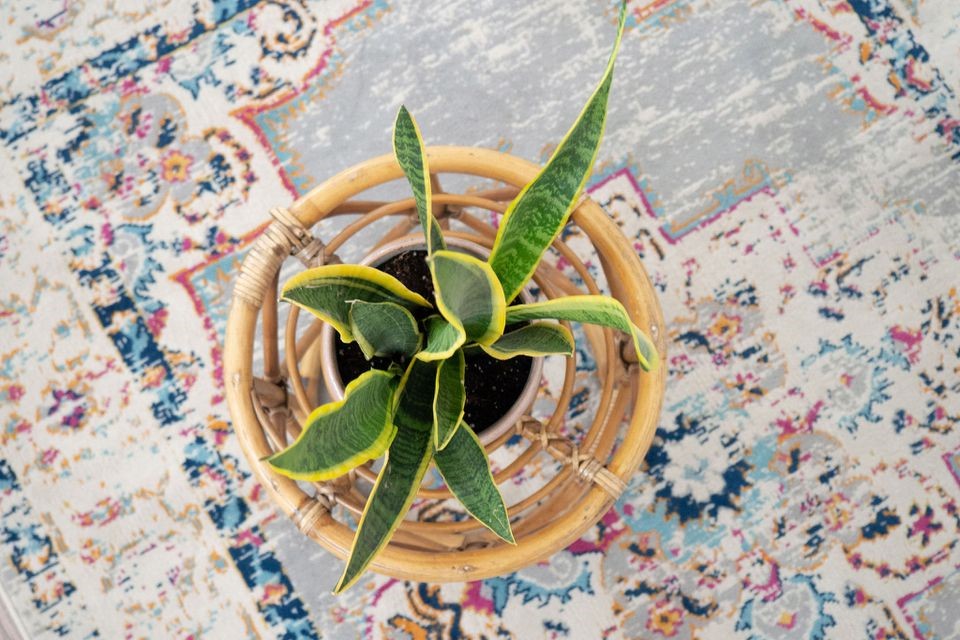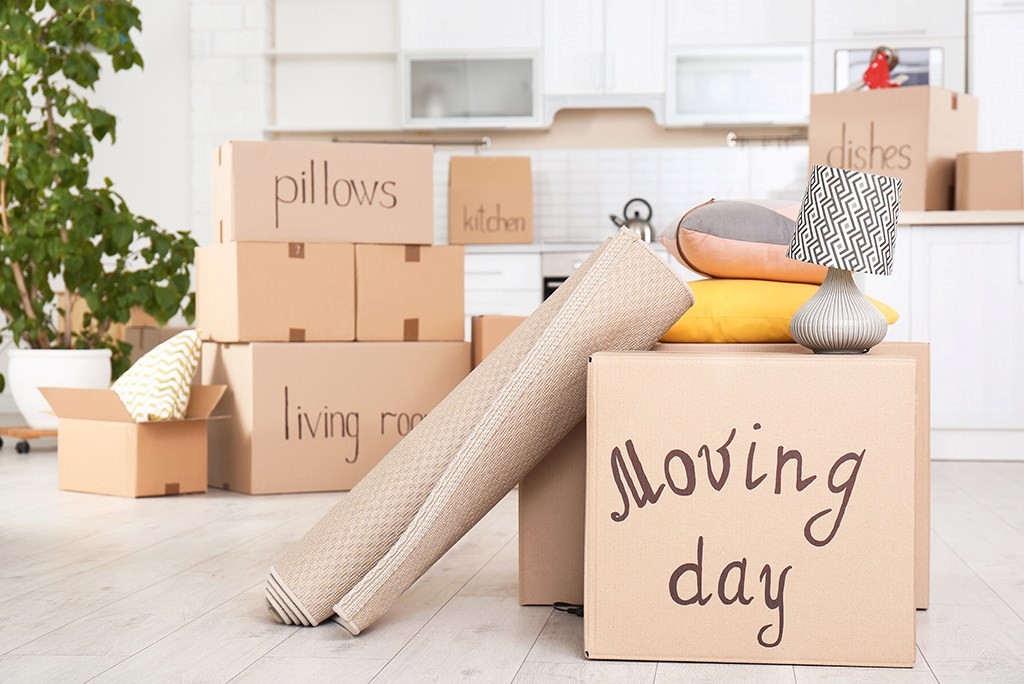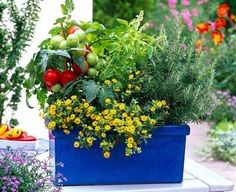Steps to Take Before Buying Your First Home

The idea of buying your first home is exciting and it would be easy to jump the gun and start looking right away. But before you start your home search there are some steps you should take to prepare:
- Educate Yourself
It is crucial that you understand the steps involved in buying a house before you get started in the process.Going into it blindly will only lead to confusion and frustration down the road.When you are familiar with what happens after you find your dream home, you will feel more comfortable when it comes time for home inspections, making offers, shopping for home-owners insurance etc. Homebuying Process: 7 Steps to Buying a House
- Hire a Top-Notch Realtor
The best tip I can give a first-time home-buyer is to hire a Top Realtor.An experiencedagent like Sandra Nickel will be your go to person for advice throughout the process of finding and purchasing a home.She will provide advice on everything from loan officers to talk to, types of inspections to choose from, how much you should offer for a home and more.Being familiar with the local area, she will know about neighborhoods and houses that will suit your needs.
- Get Pre-Approved
Before your start searching for your home it is vital that you get pre-approved for a mortgage loan.Not only will this let sellers know that you are serious about buying, it will also give you an advantage over buyers who are only pre-qualified.A pre-approval will help you get an accurate idea of what you can afford, so it will make it easier for you to determine what your budget will be. Pre-Qualified vs Pre-Approved: What's the Difference?
- Be Prepared
Buying your first house is a new adventure.It takes time, patience and persistence. There will be many new tasks to add to what is likely an already full schedule in your life, but they will all be worth it when you are enjoying your new dream home!
If you are in the market to buy or sell a home, let Sandra Nickel and her Hat Team of Professionals assist you with all your real estate needs! Call them today at 334-834-1500!
Photo Credit: moneyunder30.com















